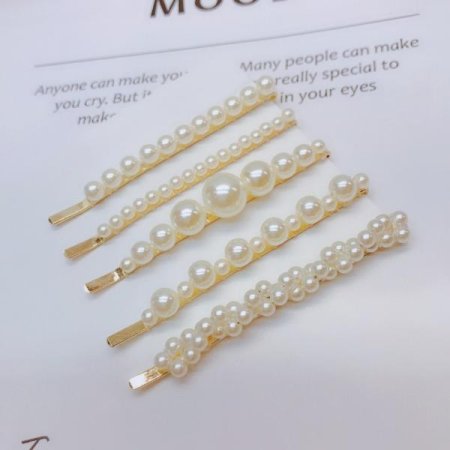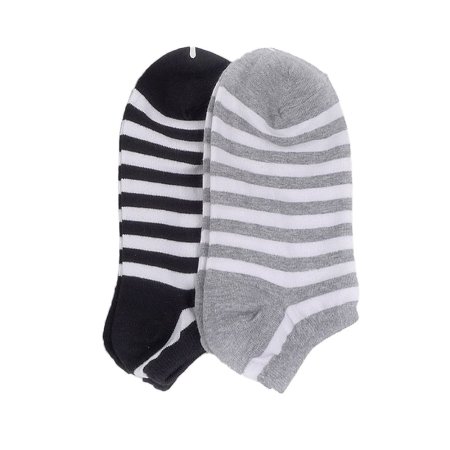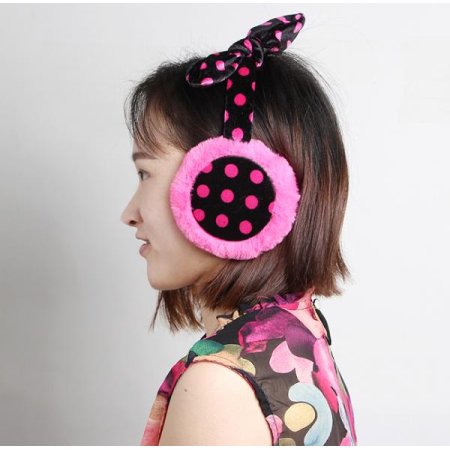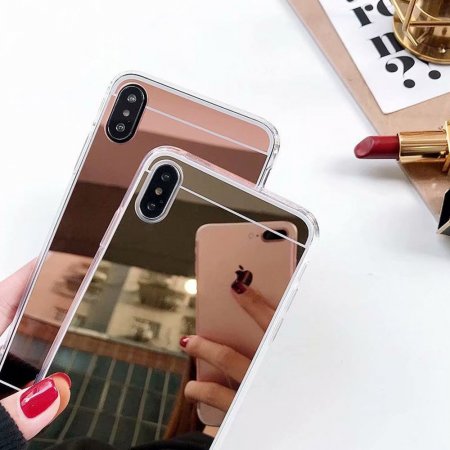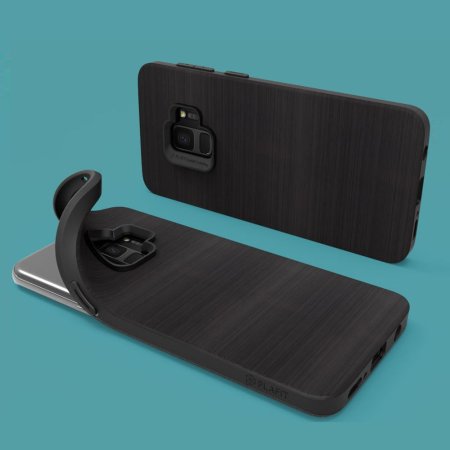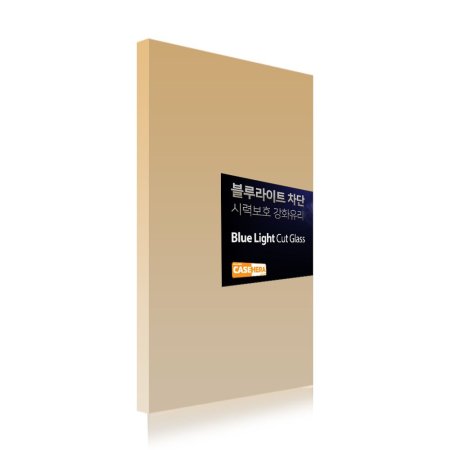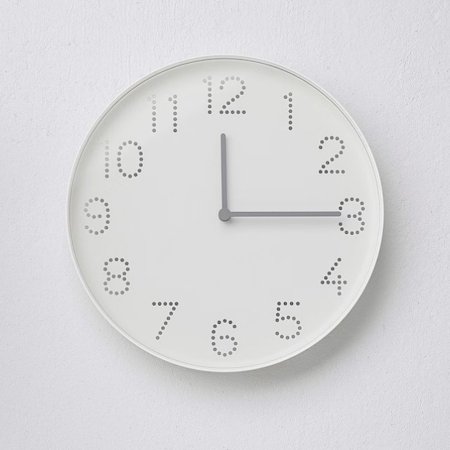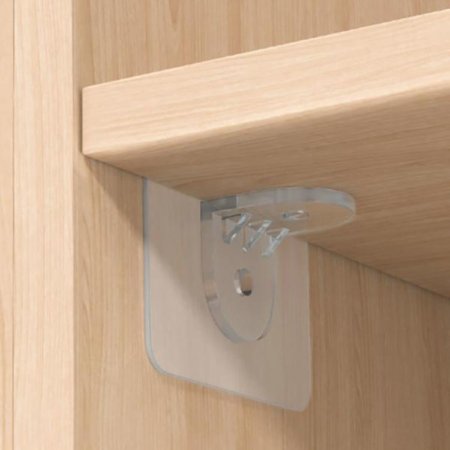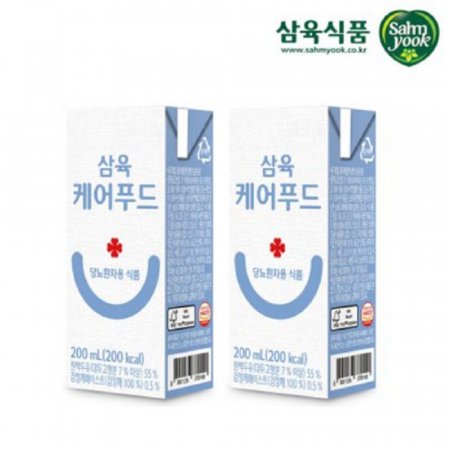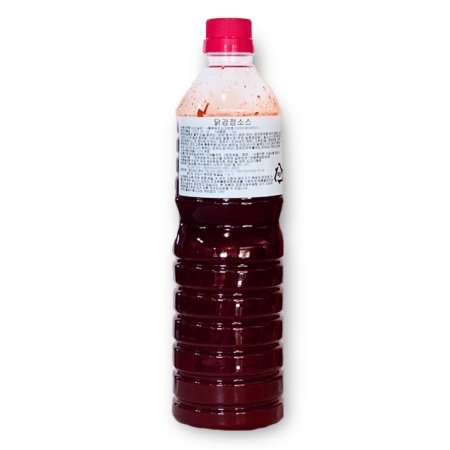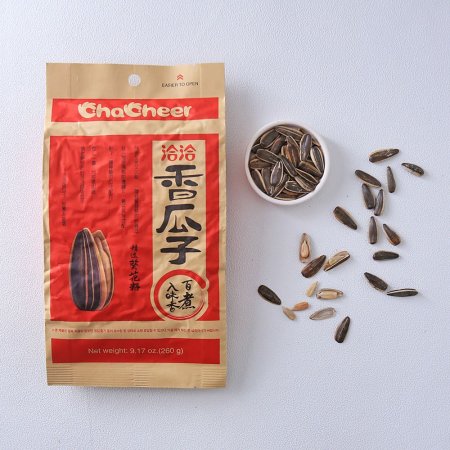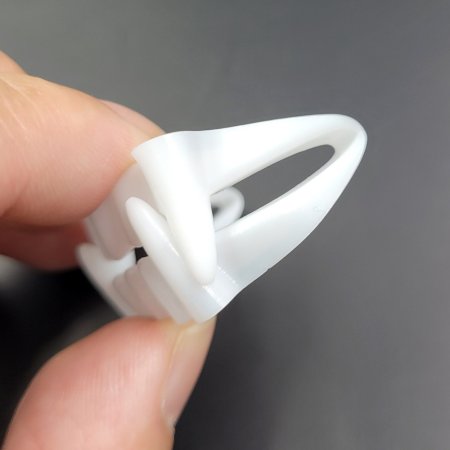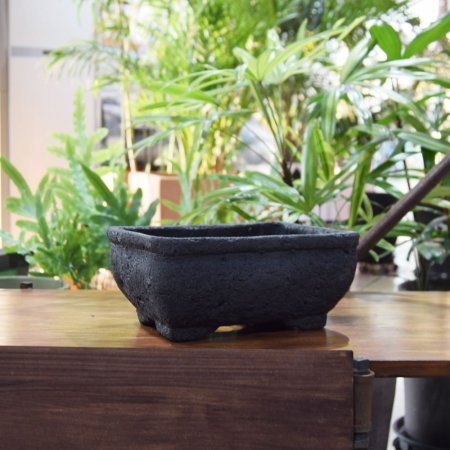[문화재청](국영문 동시 배포) 공평동 땅속에서 항아리에 담긴 조선 전기 금속활자 1,600여점 발굴

문화재청(청장 김현모)의 허가를 받아 (재)수도문물연구원(원장 오경택)이 발굴조사 중인 ‘서울 공평구역 제15·16지구 도시환경정비사업부지 내 유적(나 지역)’에서 항아리에 담긴 ▲조선 전기에 제작된 금속활자 1,600여 점과 ▲세종~중종 때 제작된 물시계의 주전(籌箭)을 비롯해 ▲세종 때 만들어진 것으로 보이는 천문시계인 일성정시의(日星定時儀) 1점, ▲중종~선조 때 만들어진 총통(銃筒)류 8점, 동종(銅鐘) 1점 등의 금속 유물이 한꺼번에 같이 묻혀있는 형태로 발굴되었다.
* 발굴현장: 서울특별시 종로구 인사동 79번지
이번에 공개되는 금속활자 중 가장 눈길을 끄는 것은 ‘훈민정음 창제 당시의 표기가 반영된 가장 이른 시기의 한글 금속활자’다. 일괄로 출토된 금속활자들은 조선 전기 다종다양한 활자가 한 곳에서 출토된 첫 발굴사례로 그 의미가 크다. 특히, 훈민정음 창제 시기인 15세기에 한정되어 사용되던 동국정운식 표기법을 쓴 금속활자가 실물로 확인된 점, 한글 금속활자를 구성하던 다양한 크기의 활자가 모두 출토된 점 등은 최초의 사례이다.
* 동국정운: 세종의 명으로 신숙주, 박팽년 등이 조선한자음을 바로잡기 위해 간행한 우리나라 최초의 표준음에 관한 운서(韻書), 중국의 한자음을 표기하기 위하여 사용된 ㅭ, ㆆ, ㅸ 등 기록
* 한글 금속활자를 이루는 대자(大字), 중자(中字), 주석(註釋) 등에 사용된 소자(小字), 특소자 모두 확인
그 외에도 전해지는 예가 극히 드문 두 글자를 하나의 활자에 표기하여 연결하는 어조사의 역할을 한 연주활자(連鑄活字)도 10여 점 출토되었다. 현재까지 전해진 가장 이른 조선 금속활자인 세조‘을해자(1455년)’(국립중앙박물관 소장) 보다 20년 이른 세종 ‘갑인자(1434년)’로 추정되는 활자가 다량 확인된 점은 유례없는 성과다. 또한, 현재 금속활자들의 종류가 다양하여 조선전기 인쇄본으로만 확인할 수 있었던 여러 활자들의 실물이 추가로 확인될 가능성이 있다. 이는 한글 창제의 실제 여파와 더불어 활발하게 이루어진 당시의 인쇄활동을 살펴볼 수 있는 중요한 자료다.
* 연주활자: 한문 사이에 자주 쓰는 한글토씨(‘이며’,‘이고’ 등)를 인쇄 편의상 한 번에 주조한 활자
도기항아리에서는 금속활자와 함께 세종~중종 때 제작된 자동 물시계의 주전으로 보이는 동제품들이 잘게 잘려진 상태로 출토되었다. 동제품은 동판(銅板)과 구슬방출기구로 구분된다. 동판에는 여러 개의 원형 구멍과 ‘일전(一箭)’이라는 글자가 새겨져 있고, 구슬방출기구는 원통형 동제품의 양쪽에 각각 걸쇠와 은행잎 형태의 갈고리가 결합되어 있다. 이러한 형태는 『세종실록』에서 작은 구슬을 저장했다 방출하여 자동물시계의 시보(時報)장치를 작동시키는 장치인 주전의 기록과 일치한다. 주전은 1438년(세종 20년)에 제작된 흠경각 옥루이거나 1536년(중종 31년) 창덕궁의 새로 설치한 보루각의 자격루로 추정되며, 기록으로만 전해져오던 조선 시대 자동 물시계의 주전 실체가 처음 확인된 것으로 의미가 크다.
* 자동 물시계: 조선 시대의 자동 물시계는 보루각 자격루와 흠경각 옥루가 있음
활자가 담겼던 항아리 옆에서는 주·야간의 천문시계인 일성정시의가 출토되었다. 낮에는 해시계로 사용되고 밤에는 해를 이용할 수 없는 단점을 보완해 별자리를 이용하여 시간을 가늠한 용도이다. 『세종실록』에 따르면 1437년(세종 19년) 세종은 4개의 일성정시의를 만든 것으로 기록되어있다. 이번에 출토된 유물은 일성정시의 중 주천도분환(周天度分環), 일구백각환(日晷百刻環), 성구백각환(星晷百刻環) 등 일성정시의의 주요 부품들로, 시계 바퀴 윗면의 세 고리로 보인다. 현존하는 자료 없이 기록으로만 전해져오던 세종대의 과학기술의 그 실체를 확인한 것으로 의미가 크다.
소형화기인 총통은 승자총통 1점, 소승자총통 7점으로 총 8점이다. 조사 결과, 최상부에서 확인되었고, 완형의 총통을 고의적으로 절단한 후 묻은 것으로 보인다. 복원된 크기는 대략 50~60cm 크기이다. 총통에 새겨진 명문을 통해, 계미(癸未)년 승자총통(1583년)과 만력(萬曆) 무자(戊子)년 소승자총통(1588년)으로 추정되었다. 장인 희손(希孫), 말동(末叱同) 제작자가 기록되어 있는데, 이 가운데 장인 희손은 현재 보물로 지정된 서울대학교 박물관 소장 <차승자총통>의 명문에서도 확인되는 이름이다. 만력 무자년이 새겨진 승자총통들은 명량 해역에서도 확인된 바 있다.
* 총통: 총구에 화약과 철환(총알)을 장전하고 손으로 불씨를 점화해 발사하는 무기
동종은 일성정시의의 아랫부분에서 여러 점의 작은 파편으로 나누어 출토되었다. 포탄을 엎어놓은 종형의 형태로, 두 마리 용 형상을 한 용뉴(龍?)도 있다, 귀꽃 무늬와 연꽃봉우리, 잔물결 장식 등 조선 15세기에 제작된 왕실발원 동종의 양식을 계승하였다. 종신의 상단에‘嘉靖十四年乙未四月日(가정십사년을미사월일)’이라는 예서체 명문이 새겨져 있어 1535년(중종 30년) 4월에 제작되었음을 알 수 있다. 다만, 왕실발원의 동종에는 주로 해서체가 사용되므로, 왕실발원의 동종과는 차이점을 보이기도 한다. 1469년 추정 <전 유점사 동종(국립춘천박물관 소장)>, 1491년 <해인사 동종(보물)> 등의 유물과도 비슷한 양식이다.
* 용뉴(龍?): 용 모양의 손잡이
* 예서(?書): 중국 한나라 때부터 쓰인 옛 서체, 자형이 반듯하고 각이 진 것이 특징
* 해서(楷書): 서예사의 전개에 있어 전서(篆書), 예서(?書) 다음으로 나타난 서체로, 흘려 쓰지 않고 정자로 바르게 쓴 한문서체
조사 지역은 현재의 종로2가 사거리의 북서쪽으로, 조선 한양도성의 중심부이다. 조선 전기까지는 한성부 중부(中部) 견평방에 속하며, 주변에 관청인 의금부(義禁府)와 전의감(典醫監)을 비롯하여 왕실의 궁가인 순화궁(順和宮), 죽동궁(竹洞宮) 등이 위치, 남쪽으로는 상업시설인 시전행랑이 있었던 운종가(雲從街)가 위치했던 곳이다.
* 견평방: 조선 전기 한성부 중부 8방의 하나로 궁궐 관련 시설과 상업시설 등이 복합적으로 있는 도성 내 경제문화중심지
* 전의감(典醫監): 조선 개국년인 1392년 설치된 의료행정과 의학교육을 관장하던 관청
* 순화궁(順和宮): 조선 중종의 순화공주를 위해 지어졌다고 하는 궁
* 죽동궁(竹洞宮): 조선 순조의 명온공주를 위해 지어졌다고 하는 궁
조사 결과, 조선 전기부터 근대까지의 총 6개의 문화층(2~7층)이 확인되었다. 금속활자 등이 출토된 층위는 현재 지표면으로부터 3m 아래인 6층(16세기 중심)에 해당되며, 각종 건물지 유구를 비롯하여 조선 전기로 추정되는 자기 조각과 기와 조각 등도 같이 확인되었다.
이번에 공개된 유물들은 금속활자들을 제외한 나머지는 잘게 잘라 파편으로 만들어 도기항아리 안과 옆에 묻어둔 것으로 추정된다. 또한 활자들은 대체로 온전했지만 불에 녹아 서로 엉겨 붙은 것들도 일부 확인되었다. 이들의 사용, 폐기 시점은 제작연대를 알 수 있는 유물 중 만력(萬曆) 무자(戊子)년에 제작된 소승자총이 있어 1588년 이후에 묻혔다가 다시 활용되지 못하고 오늘날까지 이어진 것으로 추정된다.
출토 유물들은 현재 1차 정리만 마친 상태로 국립고궁박물관으로 이관하여 안전하게 보관 중이다. 앞으로 보존처리와 분석과정을 거쳐 각 분야별 연구가 진행된다면, 이를 통해 조선 시대 전기, 더 나아가 세종 연간의 과학기술에 대해 이해하는 데 많은 도움이 될 것으로 기대한다.
Excavation 1,600 Pieces of Metal Movable Type in Pot from the Joseon dynasty in Gongpyeong-dong, Seoul
- The Old Hanyang Center… Heap of Various Metal Artifacts including Astronomical Clock from King Sejong era Excavated -
With the permission of the Cultural Heritage Administration (Administrator Kim Hyun-mo), the Sudo Research Institute of Cultural Heritage (Director Oh Gyeong-tyaek) conducted an archaeological expedition in ‘the site of zone 15 and 16 of the Urban Environmental Maintenance Project in Gongpyeong-dong, Seoul (‘나’ area)’. A wide variety of metal artifacts were exposed in the form of being buried together including about 1,600 pieces of metal movable type manufactured in the early Joseon dynasty in a pot, Jujeon (engraved a visual scale to indicate the time on a water clock) made between the Sejong and Jungjong period, an Ilseongjeongsiui (日星定時儀_astronomical clock) produced during the Sejong era, 8 pieces of Seungja-chongtong (銃筒_Seungja rifles) made between the Jungjong era and Seonjo era, and a bronze bell (銅鐘).
*The excavation site: 79, Insa-dong, Jongno-gu, Seoul, Korea
The most eye-catching among the metal movable types to be unveiled this time is ‘the earliest Hangeul metal movable type’that reflects the writing at the time of the creation of Hunminjeongeum. The metal movable types excavated en bloc are of great significance as they were the first excavation case in which various movable types from the early Joseon era are unearthed in one place. In particular, it is the first case that the Donggukjeongun style orthography, which was only used in the 15th century when Hunminjeongeum was invented, is verified as genuine, and all of the Hangeul metal movable types areexcavated in various sizes.
*Donggukjeongun (Dictionary of Proper Korean Pronunciation): the first Unseo about standard sounds in Korea published by Sin Sukju and Park Paengnyeon to correct sounds of Korean Chinese characters under King Sejong’s order, and record for transcribing sounds of Chinese characters using ㅭ,ㆆand ㅸ.
*Large and medium scale letters, small scale letters for annotation, and tiny scale letters made up of Hangeul metal movable type were confirmed.
Furthermore, about ten pieces of Yeonju metal movable typesare discovered. The Yeonju metal movable type was served as a conjunction to connect two sporadic letters by transcribing them in one type. It is an unprecedented achievement that many types believed to be ‘Gapinja’ (after the cyclical year designation for 1434) from the Sejong era, which isearlier than the mechanical movable type printing invented by Gutenberg in Germany. Moreover, there is a possibility that various actual types, which were only found in printed versions from the early Joseon dynasty, could be identified additionally. This is crucial data to examine the actual aftermath of the invention of Hangeul and the printing activities that might be conducted lively at that time.
* Yeonju metal movable type: it is types in which Hangeul conjunctions (‘imyeo’ and ‘igo’) that frequently used between Chinese characters are casts at once for convenience of printing.
In a pot, copper artifacts are excavated in the state of being cut into fragments. Those copper artifacts appear to be Jujeon (籌箭_engraved a visual scale to indicate the time on the water clock) of the automatic water clock made between the Sejong and the Jungjong period along with metal movable types. Those copper artifacts are divided into copper plates and bead releasing devices. The copper plates have several circular holes and an inscription ‘Iljeon (一箭). The bead releasing device has a clasp and a ginkgo leaf-shaped hook on both sides of the cylindrical copper artifact respectively. This form corresponds to the record of Jujeon, a device that stores and releases small beads to operate the time signal device of a water clock in ‘Sejong Sillok (Records of King Sejong)’. It has significant meaning that the authentic Jujeon only handed down in records is identified in reality. It is assumed to be Okru (a water clock) in Heumgyeonggak (a palatial residence), built in 1438 (the 20threign of King Sejong), or Jagyeokru (clepsydra) in Borugak (the Observation facility), newly installed at the Changdeokgung palace in 1536 (the 31streign of King Jungjong).
*Water clock: there were two automatic water clocks in the Joseon dynasty; Jagyeokru in Borugak and Okru in Heumgyeonggak.
The Ilseongjeongsiui, an astronomical clock for the day and night, was discovered next to the pot containing the movable type. It was used as a sundial during the day and was used to estimate time using constellations to compensate for the disadvantage of not being able to use the sun at night. According to ‘Sejong Sillok,’ it is recorded that King Sejong made four Ilseongjeongsiui in 1437 (the 19th reign of King Sejong). The artifacts excavated this time are the main parts of an Ilseongjeongsiui, which seems three rings on the top of the clock wheel. It is crucial that it verifies the truth of the science and technology in the Sejong era, which had only been passed down through records without any material evidence.
A total of eight Chongtong (small firearms) were collected; one of Seungja-chongtong and seven of Soseungja-chongtong. As a result of the investigation, they were found in the upper part of a bronze bell, and it appears that the whole bodies of Chongtong were intentionally broken and buried. The Chongtong is approximately 50-60cm in length. According to the inscriptions engraved on the Chongtong, it is presumed to be Seungja-chongtong (1583) in the year of Gyemi (癸未) and Soseungja-chongton (1588) in the year of Muja (戊子), Manryeok (萬曆). There are names of craftsman including master Huison (希孫)and Maldong (末叱同). The name of master Huison is identified in the inscription of Chaseungja-chongtong, which is currently designated as a national treasure and a collection of the Seoul National University Museum. Seungja-chongtong with an inscription of the year of Muja (戊子), Manryeok (萬曆) has also been found in the Myeongryang Sea area.
*Chongtong: a weapon with gunpowder and iron bullets loaded into the muzzle and ignited by hand
A bronze bellwas excavated underneath of the Ilseongjeongsiui, broken into several small fragments. The form of bell is like a cannon ballturned upside down and has a yongnyu (龍?) in the shape of two dragons. The style of the bronze bell is similar to the one in the style of royal origins in the 15thcentury in the Joseon dynasty. In the upper part of the bronze bell, there is an inscription ‘嘉靖十四年乙未四月日’ in clerical style, indicating that it was produced in April 1535 (the 30threign of King Jungjong). However, there are some differences from the bronze bell of the royal origins as they usually used regular script style. The bronze bell discovered this time is similar in style to thebronze bell, the former Yujeomsa Buddhist Temple (a collection of the Chuncheon National Museum) dating from 1469 and thebronze bell of Haeinsa Buddhist Temple (designated as a treasure) dating from 1491.
* yongnyu (龍?): the dragon-shaped handle
*Clerical script (?書): it is an archaic style of Chinese calligraphy used since the Han dynasty in China. The style of the characters tends to be square.
*Regular script (楷書): it appeared next to seal script and clerical script styles in the history of calligraphy. It is not cursive, rather it is a square modern script.
The research area is located northwest of the present-day Jongro 2-ga intersection, which was the center of Hanyang, the capital of Joseon. Until the early Joseon dynasty, it belonged to Gyeonbpyeongbang, the central part of Hanseongbu. Moreover, government offices Uigeumbu (義禁府) and Jeonuigam (典醫監), as well as places Sunhwagung (順和宮) and Jukdonggung, (竹洞宮) were located in the vicinity of the area. Unjongga (雲從街), where the commercial facility ofSijeonhaengrang was located, was in the south.
* Gyeonbpyeongbang: one of the eight central bang (administrative districts) of Hanseongbu and an economic and cultural center in the capital city with a complex of palace-related facilities and commercial facilities
* Jeonuigam (典醫監): a government office in charge of medical administration and medical education established in 1392, the year of the foundation of the Joseon dynasty
* Sunhwagung (順和宮): the palace said to have been built for Princess Sunhwa of King Jungjong in the Joseon dynasty
* Jukdonggung (竹洞宮): the palace said to have been built for Princess Myeongon of King Sunjo in the Joseon dynasty
A total of six cultural layers (second to seventh floors) were identified from the early Joseon era to the modern era at the site. The layerunearthed metal artifacts, including the metal movable type, correspond to the sixth floor (center of the 16th century), three meters below the current surface. In this layer, various building structuresas well as fragments of porcelain and broken roof tiles were identified. These materials can be datedto the early Joseon dynasty.
By taking a look at the state of artifacts collected, it is assumed that some of them, except for the metal movable types, were deliberately broken into fragments of appropriate size and then put into the pot and buried together. Although the metal movable types are mostly intact, some of them appeared to be melted in the fire and stuck together. The date of use and disposal are presumed to be around 1588. This is supported by the presence of Soseungja-chongtong, which has a calendric date of Muja (戊子), Manryeok (萬曆). These artifacts have buried there up until they were discovered a few weeks ago.
The excavated artifacts have been transferredto the National Palace Museum of Korea for safe storage after completing the first clean-up. In the future, if research is carried out through conservation treatment and analysis in each field, it is expected that it will be of great help in understanding the science and technology of the early Joseon dynasty and further the year of King Sejong.
For further details, please do contact to the Sudo Research Institute of Cultural Heritage (Director Oh Gyeongtaek, phone number 02-304-6512)
<〈한글 금속활자〉, 中字, 가로 1.0cm, 세로 1.0cm, 높이 0.7cm, 사진 반전>
[자료제공 :











